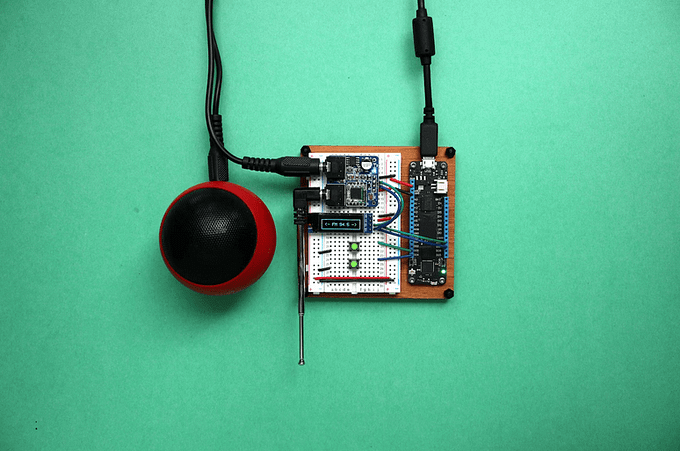Understanding Photoelectric Sensors: How They Work and Applications
In the intricate world of sensors, photoelectric sensors stand as versatile and invaluable tools that rely on light to detect objects, presence, or changes in their environment. From industrial automation to everyday applications, understanding how these sensors work and their diverse range of uses unveils their significance in various fields. In this article, we unravel the mysteries of Omron Photoelectric Sensors, their operation principles, and applications.
How Photoelectric Sensors Work

As mentioned earlier, photoelectric sensors revolve around light as a mode of detection. These sensors use a light source to emit beams of light onto a target area or object, with a receiver on the other end to detect any changes in the light beam. When an object disrupts the light beam, it triggers the receiver to send a signal, indicating the presence or absence of the target object. Photoelectric sensors can be divided into three main types: through-beam, retro-reflective, and diffuse reflective. Through-beam sensors have a separate emitter and receiver unit, with the emitted light beam passing directly onto the receiver. Retro-reflective sensors have a reflector placed opposite the sensor, reflecting the light beam back to the receiver. Diffuse reflective sensors have both the light emitter and receiver in one unit, using the object’s surface as a reflector.
Applications of Photoelectric Sensors
The versatility of photoelectric sensors makes them ideal for various applications across different industries. In industrial automation, these sensors are used for object detection and positioning in assembly lines, robotic arms, and packaging machines. They can also be used to detect the presence or absence of objects in conveyor systems and material handling equipment. In the automotive industry, photoelectric sensors play a crucial role in collision avoidance systems by detecting nearby objects and warning the driver or triggering automatic braking. Other applications include security systems, elevators and escalators, traffic monitoring, and even in consumer products like touchless faucets and automatic doors.
Benefits of Photoelectric Sensors
 Compared to other types of sensors, photoelectric sensors offer several advantages that make them a popular choice in various industries. Firstly, their ability to detect objects at longer distances allows for greater flexibility in installation and usage. Secondly, their non-contact detection method makes them ideal for use in hazardous environments that may not be suitable for other types of sensors. Additionally, these sensors can detect a wide range of object sizes and materials with high precision and reliability. They are also immune to electrical interference, making them suitable for use in noisy industrial environments.
Compared to other types of sensors, photoelectric sensors offer several advantages that make them a popular choice in various industries. Firstly, their ability to detect objects at longer distances allows for greater flexibility in installation and usage. Secondly, their non-contact detection method makes them ideal for use in hazardous environments that may not be suitable for other types of sensors. Additionally, these sensors can detect a wide range of object sizes and materials with high precision and reliability. They are also immune to electrical interference, making them suitable for use in noisy industrial environments.
From streamlining manufacturing processes to enhancing everyday devices, photoelectric sensors illuminate a multitude of applications across industries. Their ability to detect, measure, and ensure precision in diverse settings underscores their significance in modern technology. Understanding how these sensors function and their diverse applications unveils the depth of their contribution to efficiency, accuracy, and innovation in various fields.…
Read more →



